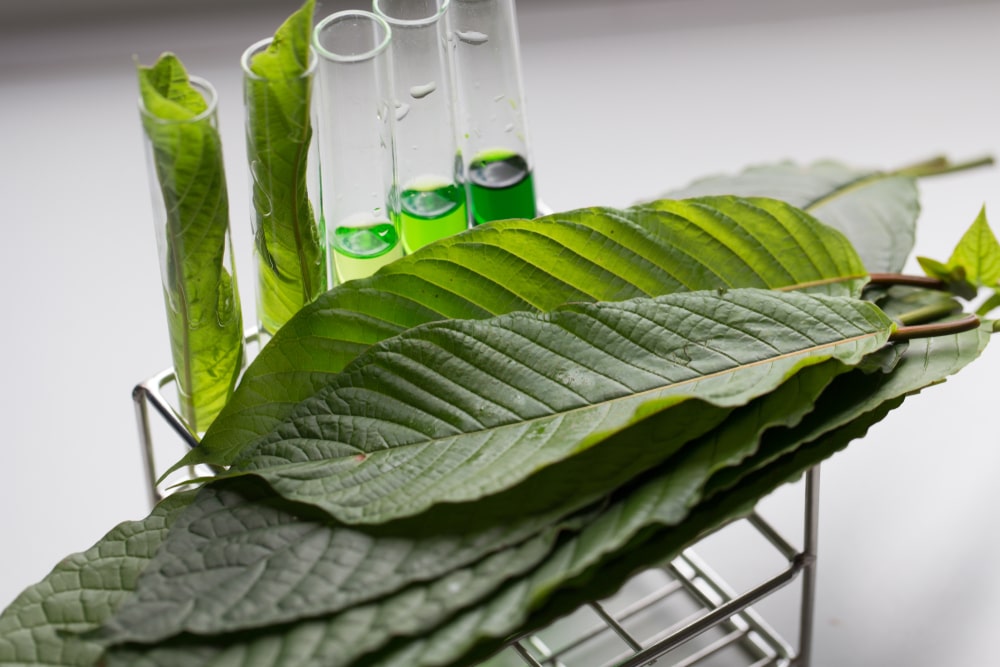Extraction and Isolation of Triterpenes: Triterpenoids are compounds with a carbon skeleton possessing 6-isoprene units which are biogenetically derived from squalene (acyclic C30 hydrocarbon). They are generally complex cyclic structures of alcohols, aldehydes, or carboxylic acids. They generally have high melting points and are optically active. Along with these, they are colorless crystalline compounds. These compounds are hard to characterize because of their less chemical reactivity. The Liebermann Burchard reagent contains acetic anhydride with concentrated sulfuric acid produces bluish-green color with triterpenes and sterols.
Extraction procedure of Triterpenes:
Dried powdered drug
↓
Defatted with ether
↓
Extracted with hot methanol
↓
Methanolic extract
↓
Concentrated
↓
Add inorganic acid
↓
Liberates aglycones or hydrolysates
↓
Isolation of compound by TLC
↓
TLC on silica gel, in a solvent system
[Such as hexane: ethyl acetate (1:1) or chloroform: methanol (10:1) or n-butanol-2M NH4OH]
↓
Characterization of isolated compounds by spectroscopy
Isolation of Triterpenes:
Isolation techniques are to be employed depending on the structural complexity of the glycosides present in any plant source. Thus the cardiac glycosides of Strophanthus species can be separated by one dimensional TLC on silica gel in the upper layer of ethyl acetate: pyridine: water (5:1:4). On the other hand separation of the 28 or 50 cardenolides in the foxglove, Digitalis purpurea requires two dimensional TLC in ethyl acetate: methanol: water (16:1:1) and Chloroform: Pyridine (6:1).
Make sure you also check our other amazing Article on : Opium
